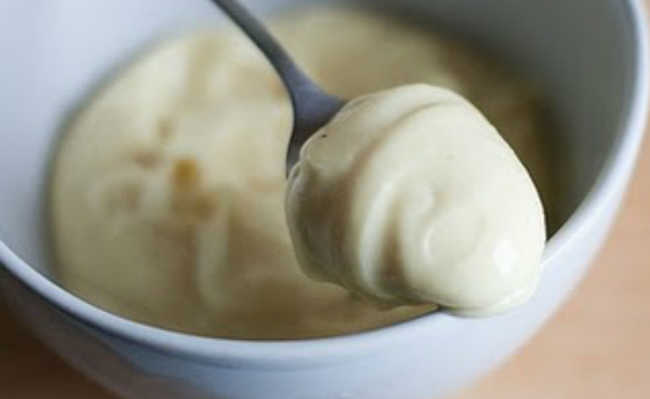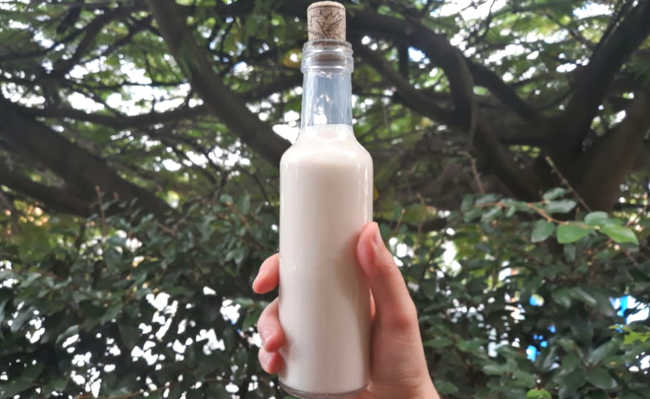Giant Wasp Threat to Humans and Bees
Mandarin wasp is typical of Asia and is the largest wasp in the world. It feeds on bees and other insects and can be fatal to humans too.

Image from Alpsdake, is available from Wikimedia under CC BY-SA 3.0 license
The mandarin wasp is a giant wasp native to eastern Asia and usually found in tropical environments, being more common in Japan. It is also called the "killer wasp", as it is a fierce predator and destroys its victims mercilessly - usually bees and other large insects like the praying mantis. There are also reports of this Asian wasp attacking rats, and although it is not common, it can bite humans if it feels attacked.
Bees are the most threatened by mandarin wasps, whose proliferation has been linked to global warming. The increase in temperatures generates a higher survival rate for the animal in winter and, in October, the month of mating for specimens that live in the northern hemisphere, these giant wasps become more violent and can exterminate 40 bees per minute. Killer wasp infestations have already been reported in China and now they have been found in the United States and Canada as well.
The Chinese wasp, a variation of smaller size (the mandarin wasp is the largest known wasp in the world), has already appeared in Europe, causing nightmares for bees in France, Spain and Portugal. These wasps are thought to have entered by the French literal. The origin of the mandarin wasps that caused problems in the US and Canada is still unknown, but authorities are already mobilizing to contain the problem before the invasive species takes hold.
Killer wasp?

Image: Washington State Department of Agriculture (WSDA)/Disclosure
The mandarin wasp measures about 5.5 cm, flies at an average speed of 40 km/h and is a predatory animal, attacking medium and large insects, mainly bees, other wasps and species of praying mantis. Native to Asia, it is possible that rising global temperatures will facilitate the spread of this killer wasp to different countries. In countries like the United States, mandarin wasps are considered an invasive species, that is, one that is not typical of the region and can cause imbalance.
Traditionally, in the northern hemisphere, the life cycle of these wasps starts around April. As the wasp queen emerges from hibernation, the workers discover and build underground pits to build nests. The destructiveness peaks during late summer and early fall, when workers scramble furiously for food to support next year's queen.
The sting of this giant wasp has been described by one scholar of the species as something akin to having a hot nail driven into one's leg. The attacks registered in China usually take place on plantations and, in the United States, what were seen were attacks on hives and bee farms.
Victims are often attacked by a large number of wasps at the same time. They shred bees, so calling the species a killer wasp is no exaggeration. In the case of humans, the venom inoculated by these wasps can cause the victim's urine to turn very dark in color.
Attacking a large number of these insects is unusual, but it can kill - in Japan, killer wasps kill about 50 people a year. When in doubt, keep your distance.
Haunting Attack and Survival Tactics

Image by Thomas Brown, available on Wikimedia under CC BY 2.0 license
As stated, the main prey of the giant wasp are the bees. Breeders who witnessed attacks on their hives say they are appalled. The huntress holds the bee, cuts off its head, then its wings, and finally its limbs, in addition to keeping the thorax with her. This part of the body has a lot of protein and is used to feed the predator's larvae. The mandarin wasp also leaves a trail of pheromones, which serves to attract other mandarin wasps to the hive found.
Japanese bees have developed a defense against the giant enemy. After the wasp approaches the hive and emits the pheromones, the bees release the entrance to the house, setting a trap. The wasp enters the hive with the intention of stealing bee larvae to feed their own offspring, as usual. Once inside, a multitude of bees surround the invading killer wasp, forming a sphere around it.
Bees vibrate their flight muscles, causing the temperature of the "bee ball" to reach 46 °C and the concentration of CO2 to increase in defensive formation. This combination is lethal to the mandarin wasp. The problem is that bees from other countries do not have this defense mechanism, which makes them easy prey for the mandarin wasp. At the same time, these wasps are part of the planet's ecosystem and, like other animals, do what they can to survive.










